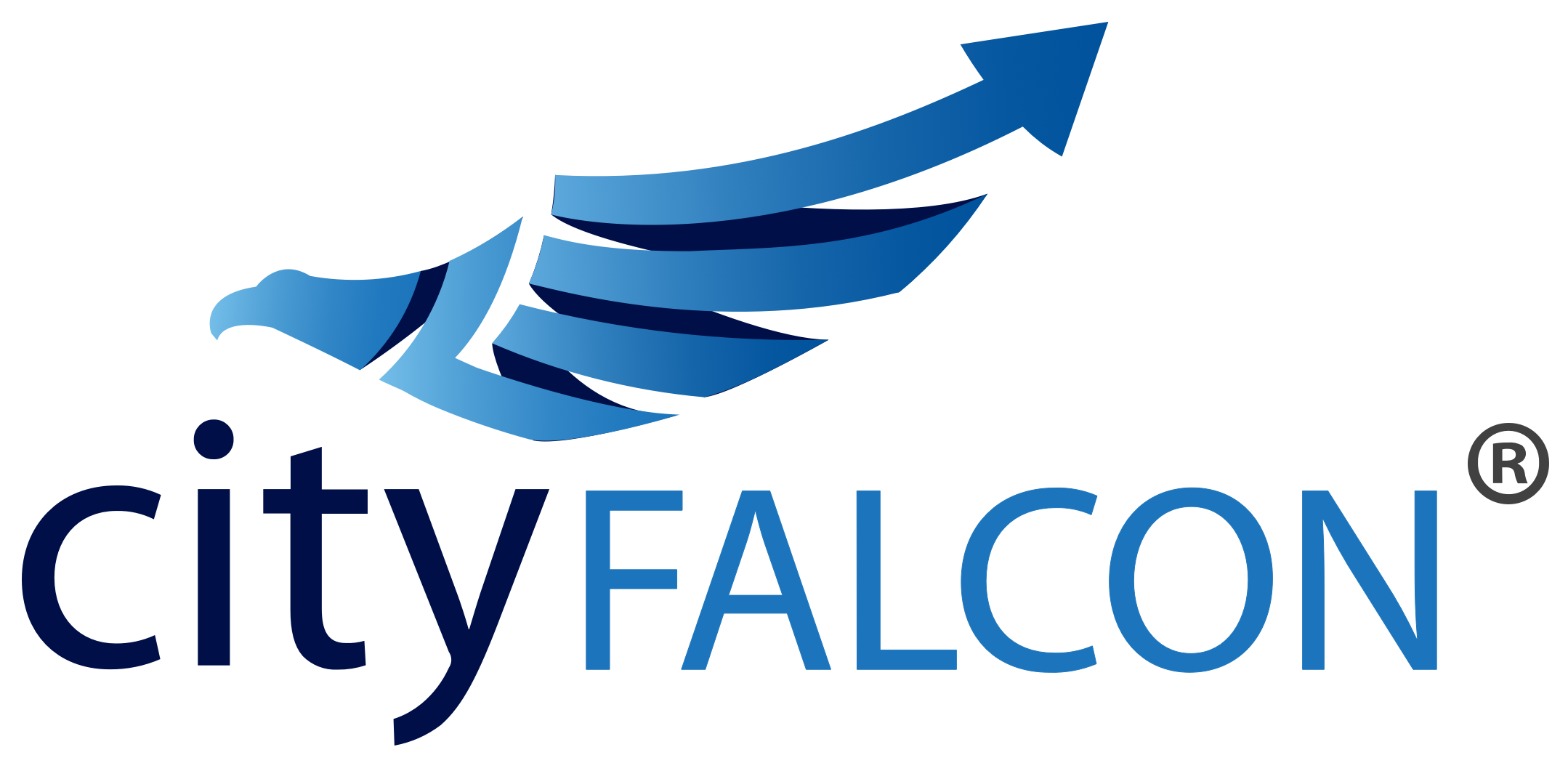Amazon last week announced its intent to acquire Whole Foods for ~14bn. The acquisition would initiate Amazon’s foray into brick-and-mortar space, a reversal of current e-commerce trend sweeping the retail industry. Food retailer stocks suffered a setback on the announcement – shares of Walmart, CostCo, Target, Kroger, dropped, while Amazon and WholeFoods shares climbed up
Whats in it for Amazon?
Amazon could get ready access to and leverage the Whole Foods distribution network of 400+ stores to expand its fulfillment centers / pick up locations. It could widen its customer base by tapping on online-offline synergies.
How will it transform the retail landscape? Who benefits?
The direct beneficiaries of the deal would be the customers as increased competition would bring better services at competitive rates. But the deal is bad news for Amazon’s competitors who would see a further squeeze in their margins from increased price wars. The most affected would be the smaller grocery stores with limited scale and financial flexibility.
Hidden caveats
The deal would turn Amazon into a mega-provider for all of the customer’s needs, thereby increasing systemic risks. This could trigger antitrust issues, going forward. Further, with Whole Foods share prices trading above the Amazon’s offer price of $42, there remain possibilities of a bidding war from other players/competitors in the market. It is not a done deal yet!
Irrespective of whether and when the deal goes through, the merging of online and offline models has definitely highlighted newer possibilities of comprehensiveness beyond the brick and mortar dominated food retail landscape
Read more about Amazon and Whole Foods stocks here




Leave a Reply